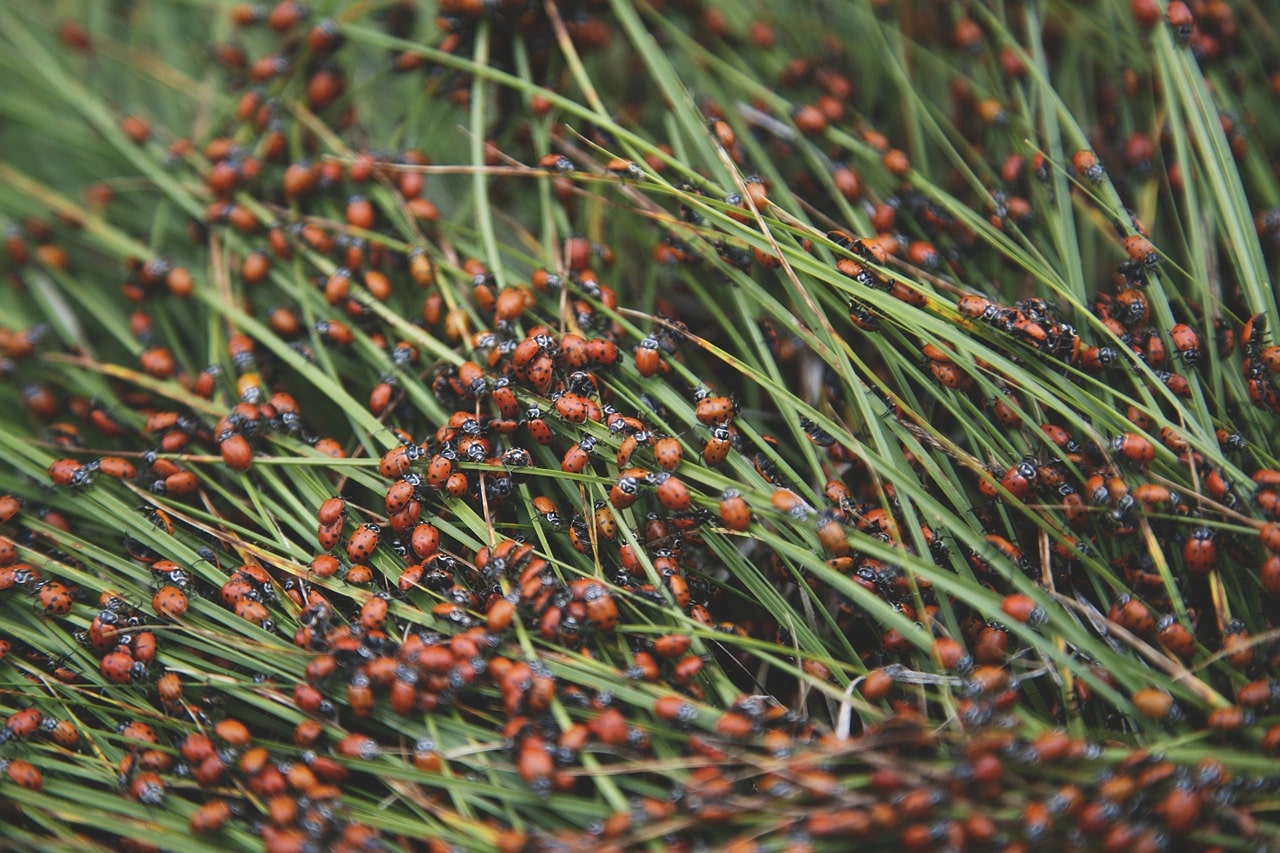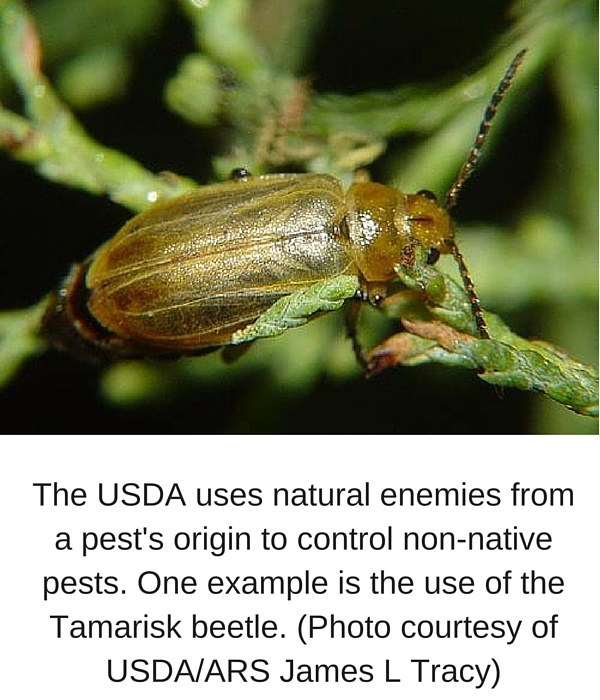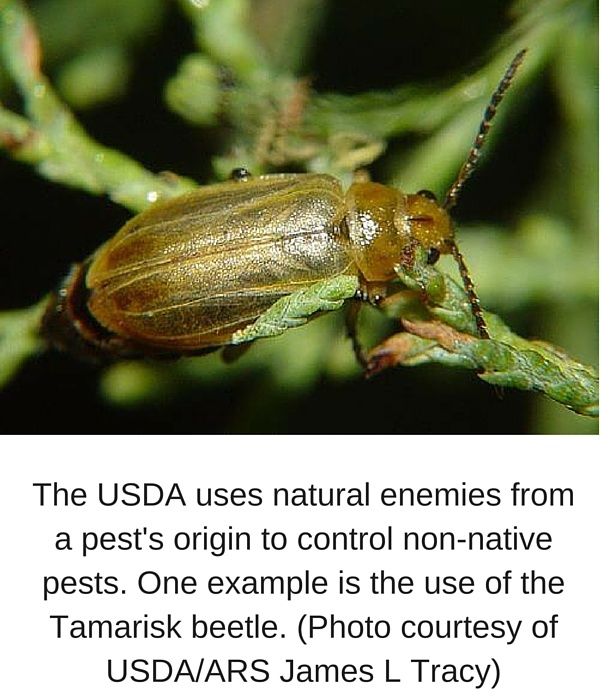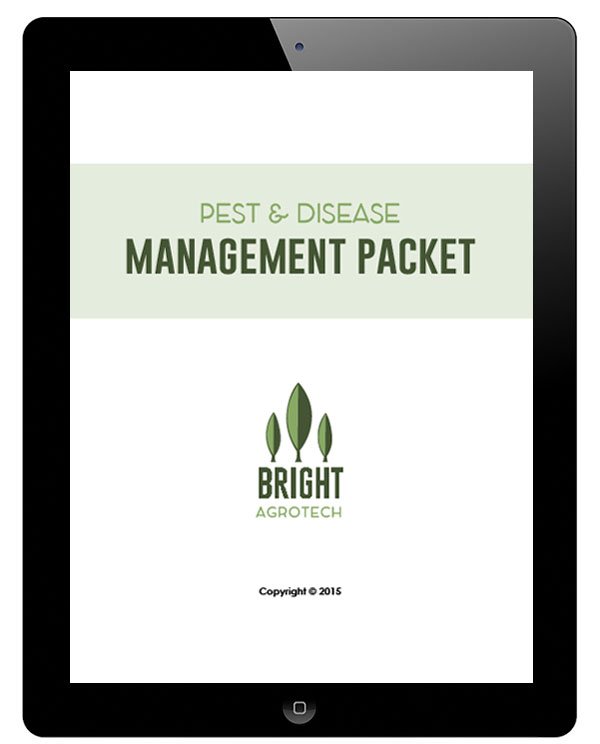What is biological control?
Biological control: the manipulation of a pests natural enemies to reduce a pests impact. (In other words: controlling pests using other living organisms.)
Here are three ways to use biological controls.
#1. Release enemies from an insectary
The first way is augmentative biocontrol- pests are controlled by releasing enemies of the pest that have been reared in an insectary.
Ladybugs and aphidius wasps are two such enemies that are very useful for controlling pests.
We order our biocontrol agents from Hydro-Gardens. You can order beneficial insects based on the pest you are trying to suppress. (See the right column on their page)

#2. Conserve the habitat of natural enemies
The second kind of biological control is conservation biocontrol. The idea here is that you conserve the habitat of natural enemies by keeping plants around that host or feed them.
There is some risk with using inter-cropping in this way. It is possible to inter-crop plants to attract more pests than they do enemies. A plant that may host 10 beneficial insects could end up attracting 15 unwanted insects, which could do more harm than good.
To use conservation biocontrol, you need to know your pest and its enemies: what they need to live and what could harm them. You need to know about the plants you want to use. What enemies could they harbor? What other pests might they attract? (Prepare for Google to be your new best friend.)
#3. Bring an enemy from the pest’s native ecology
The last way to use biological control can only be used for non-native pests. This is classical biocontrol.
 For non-native pests (pests that originate in a different habitat -often a different country or part of the world), it is hard to find natural enemies unless you go back to where the non-native pests originally came from.
For non-native pests (pests that originate in a different habitat -often a different country or part of the world), it is hard to find natural enemies unless you go back to where the non-native pests originally came from.
With classical biological control, natural enemies of a non-native pest are imported and introduced to the particular ecosystem that the pest is tearing apart. Since introduction of an relatively unknown species can have unforeseen effects, these imported insects are heavily regulated by the USDA.
Many beneficial insects that you order online for pest control are actually classical biocontrol agents.
Don’t forget to diversify!
Biological controls should only take up a fraction of your control effort.
Check out the IPM blog post to see other types of pest controls. If you’re looking for information on controlling specific greenhouse pests, check out our pest control packet. In it you will find easy-reference information on common greenhouse insect pests and your options for controlling them.
Download the Pest Control Packet
Having trouble with pests in your aquaponics or hydroponics greenhouse?
Use this pest control packet to quickly and efficiently deal with pests. They don’t stand a chance!
Special thanks to Tim Collier for all of the valuable information!







